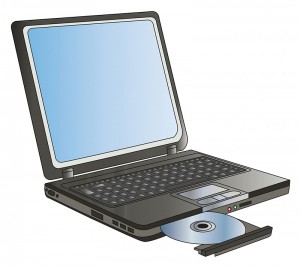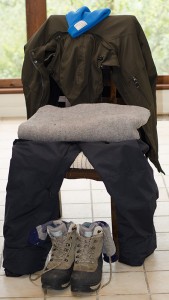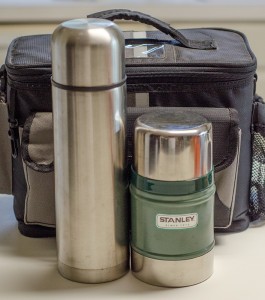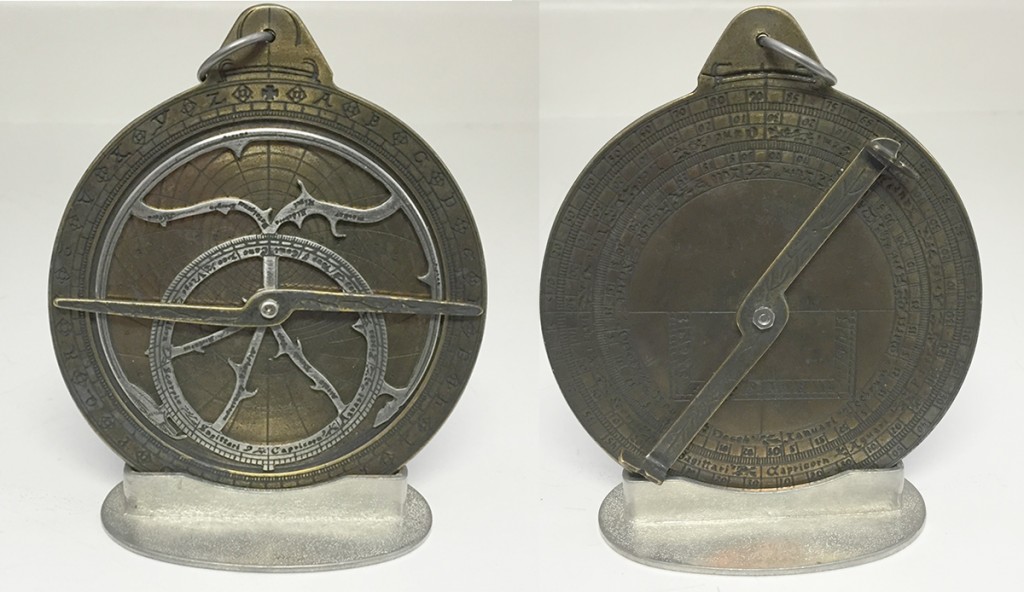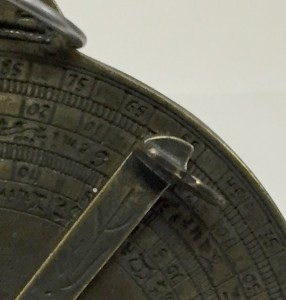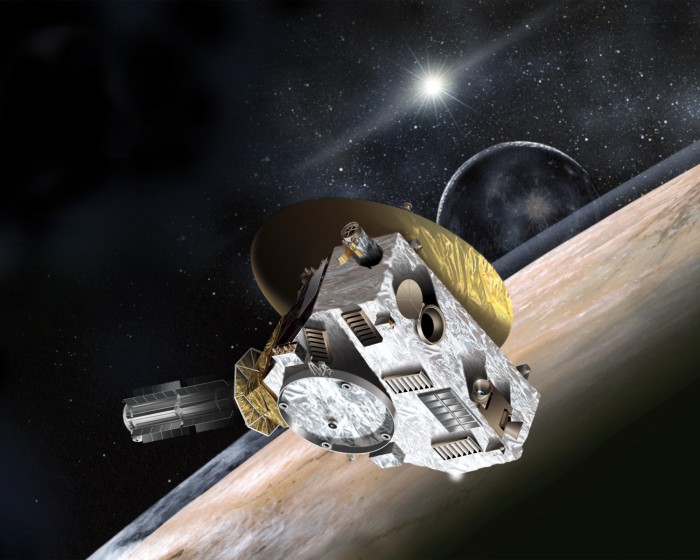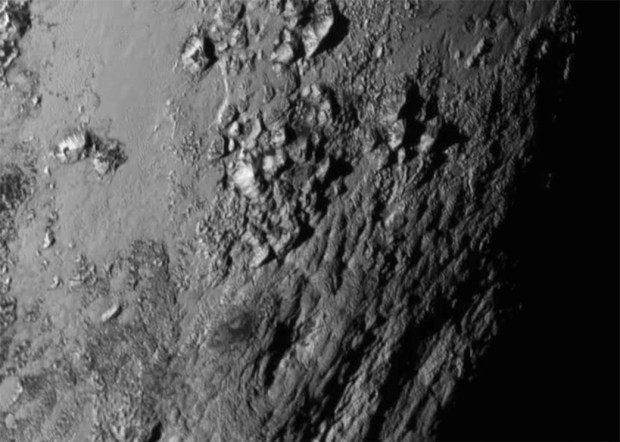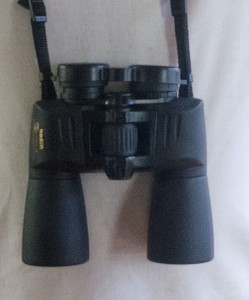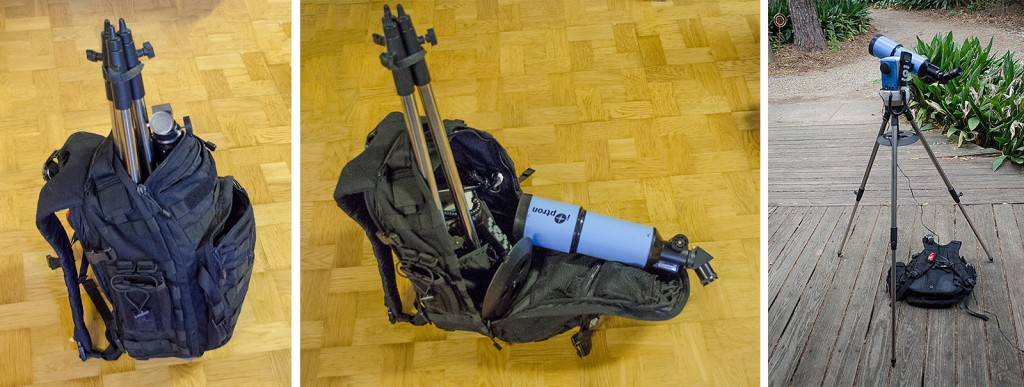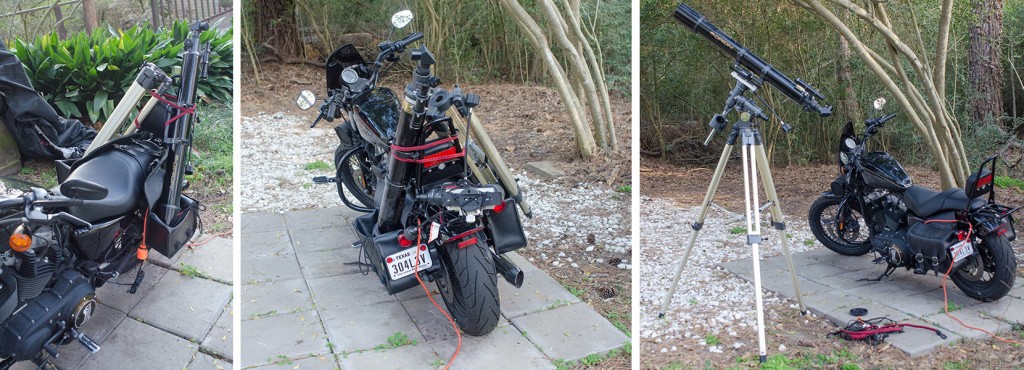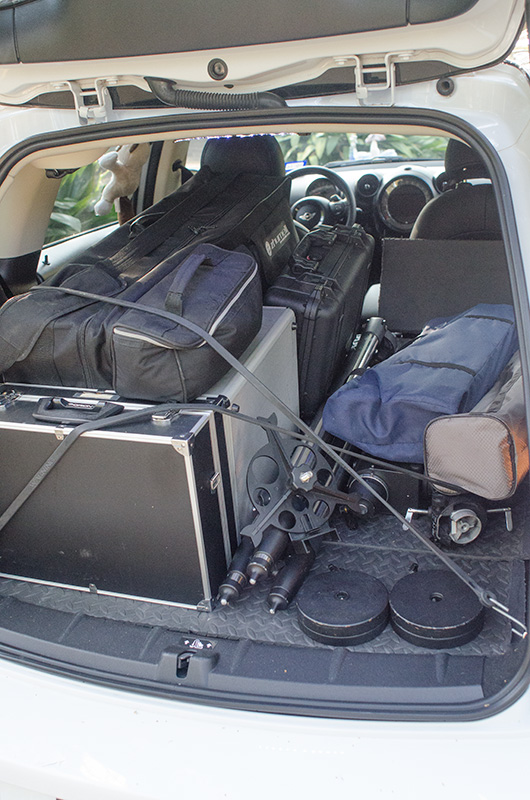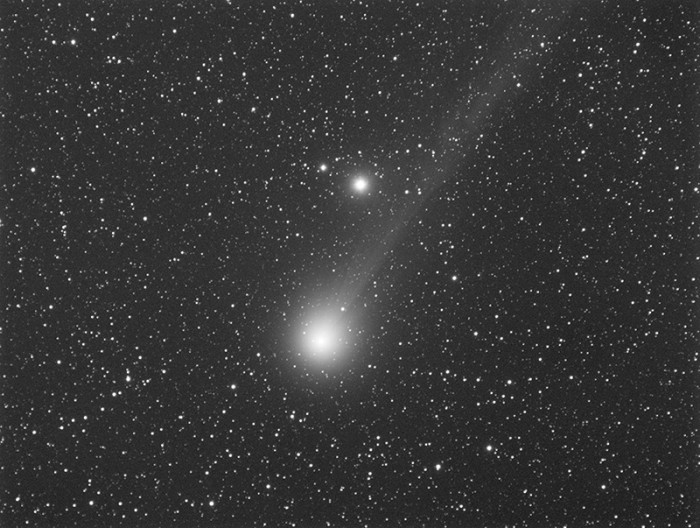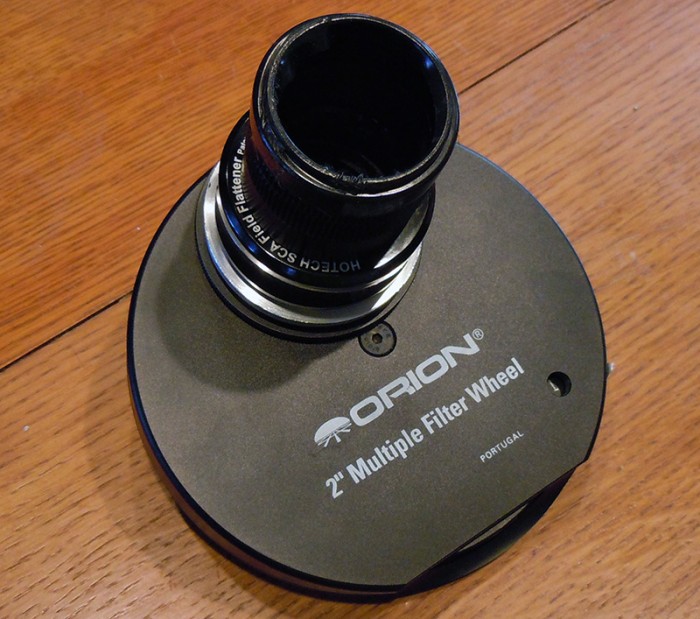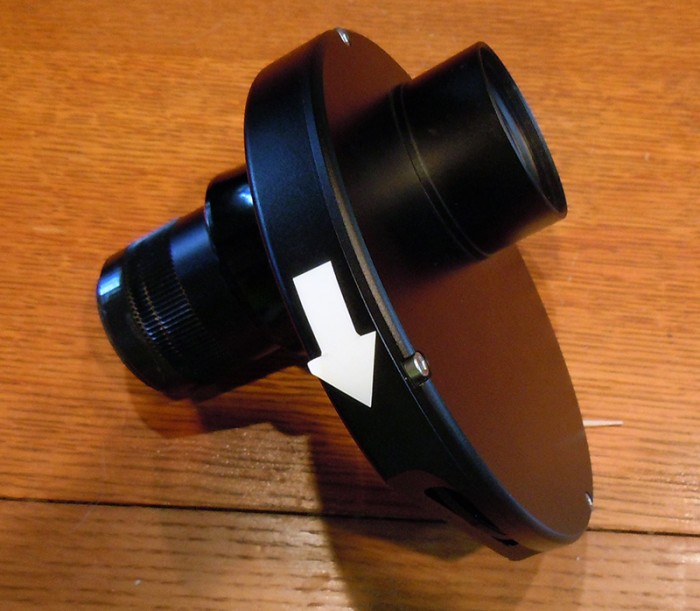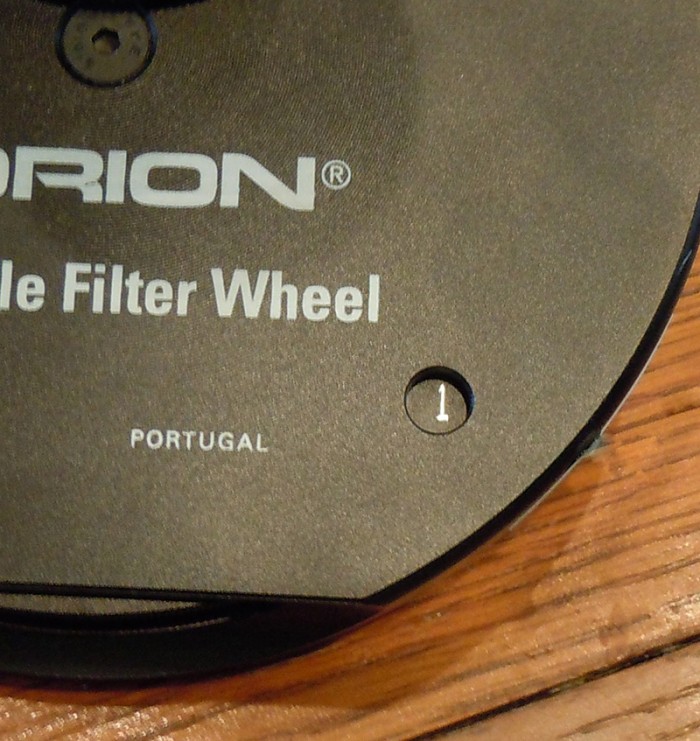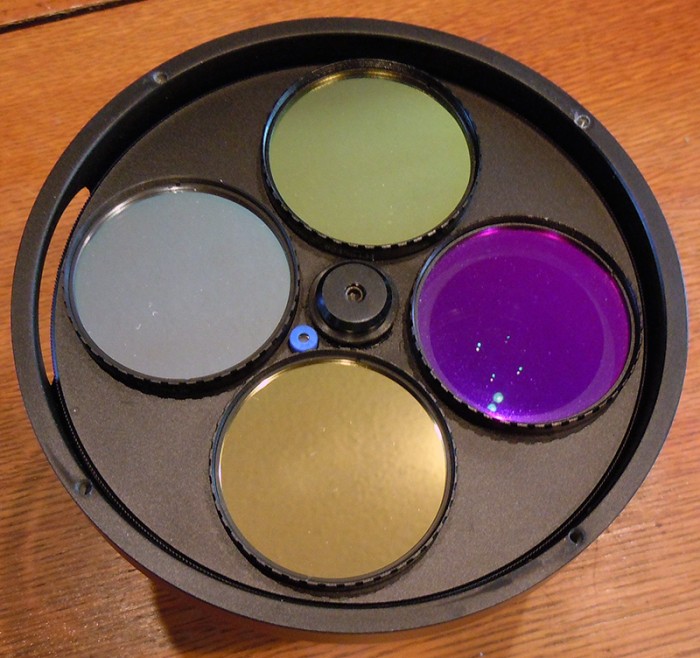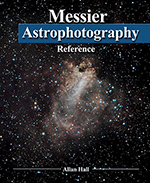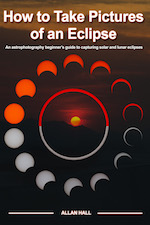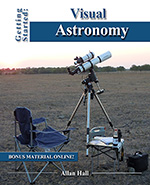One of the best decisions I have made in my astrophotography endeavors is to have bought a completely separate astrophotography laptop for use out in the field. This is also one of the first things I tell newcomers to the hobby. They often look at me strangely which then leads to a lengthy explanation. Hopefully this article will help everyone understand the benefits.
Let talk about what an astrophotography laptop does. My astrophotography laptop pretty much does everything. The only computer related task that it does not do in the field is play movies to keep me entertained while imaging. My laptop does the following:
- Drives the telescope mount
- Makes corrections to the tracking based on input from the guidescope
- Manages the camera including temperature control and exposures
- Stores the images
- Allows quick and dirty processing to make sure the target is what and where expected
- Provides a bridge to my gamepad for manual mount control
- Provides target management including notes on exposures, temperatures, seeing conditions and more
- Runs many miscellaneous astronomy software programs
A good portion of this requires drivers, software components and direct hardware access. For example driving the telescope mount requires the astrophotography laptop communicate with a third party PC card installed in the PC card slot. This PC card has a serial port in it, another driver is required for that. Then the serial data has to talk directly to the hardware in the mount. On my system this is all linked into the software running the guider, the software running the mount, the planetarium software and finally, EQMOD which ties all this together.
Once you have all this working working (which in itself can be no easy feat) you certainly do not want anything to mess it up. Unfortunately there are a lot of things that can break some of your functionality:
- Update of your drivers
- Update of Windows (or Mac OS)
- Software installation/updates that replace Windows DLL/OCX files (or Mac equivalent)
- Update of other components such as Java/Flash/DirectX/.NET etc
If any of this happens, there is a good chance that one or more of your astronomy computer programs may quit working. If it does, it can be difficult to figure out what exactly did what and even more difficult to put things back like they were.
The real bummer here is that if your luck is like mine, you won’t even know something is broken until you get out into the field, get your equipment set up and are settling in for a long night when you realize you can’t track an object. Now you get to spend the next four hours tracking down the problem. At this point you will be more than ready for a dedicated astrophotography laptop!
I know I need an astrophotography laptop, now what do I do?
There is good news in that an astrophotography laptop can be an inexpensive addition to your astrophotography equipment. There is for example no reason to purchase a new unit unless you just want to. A nice refurbished (by the manufacturer) or off lease unit can often cost $300 or less. You can get a really nice unit for under $500 if you want to splurge. When you compare this to what you paid for the rest of your equipment this is not too expensive.
Some things to think about when purchasing an astrophotography laptop are:
- If you image at a site with AC power, you may not need a battery
- You probably do not need a large screen size, something in the 14″ range would probably be fine
- If you are downloading images to your laptop you should consider at least a 250GB hard drive or SSD
- If you control everything like I do make sure you get at least 4GB of RAM, 2GB is fine for camera control only
- If you require a serial port to run your mount, make sure the unit has one or has a way to add one (PC card slots are awesome), USB to serial adapters are finicky so treat them as a last resort
- Once you load your stuff on it you probably will not need a CD/DVD drive so an external may be fine
- Count how many USB ports you will need, add a few extra, maybe with a USB hub
- Relegate ports on a USB hub to mice, game controllers, etc. Try to never use a USB hub port for mount/camera control
- If thinking about a netbook, remember some programs will not like the low screen resolution and may be difficult to use
- Buy a Windows computer. Macs are great computers but will MASSIVELY increase the difficulty of getting things to work, there are far more astronomy programs for Windows
My favorite places to buy an astrophotography laptop include eBay (directly from the official Dell depot only) and Newegg.com. I can not count how many I have bought from these two places and have had very few issues (the least from Dell). When problems have happened they were resolved quickly.
Good luck with your astrophotography laptop!
Share this post!





